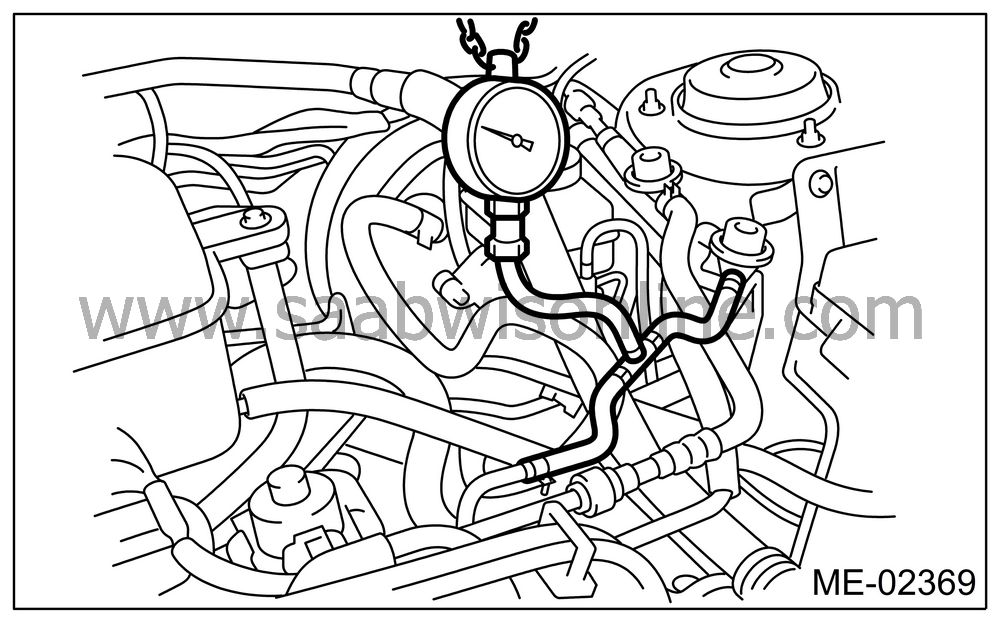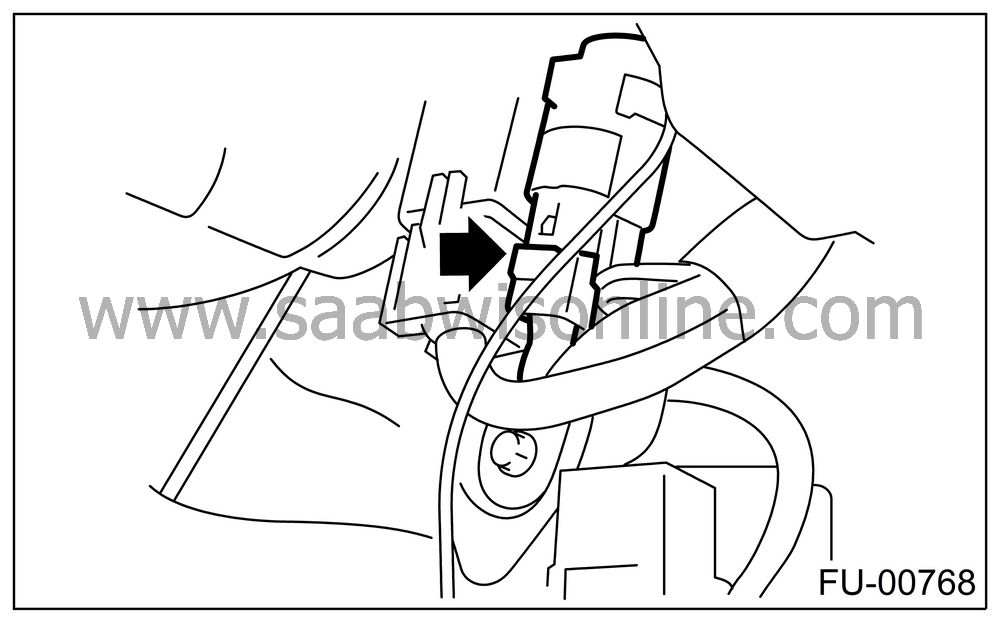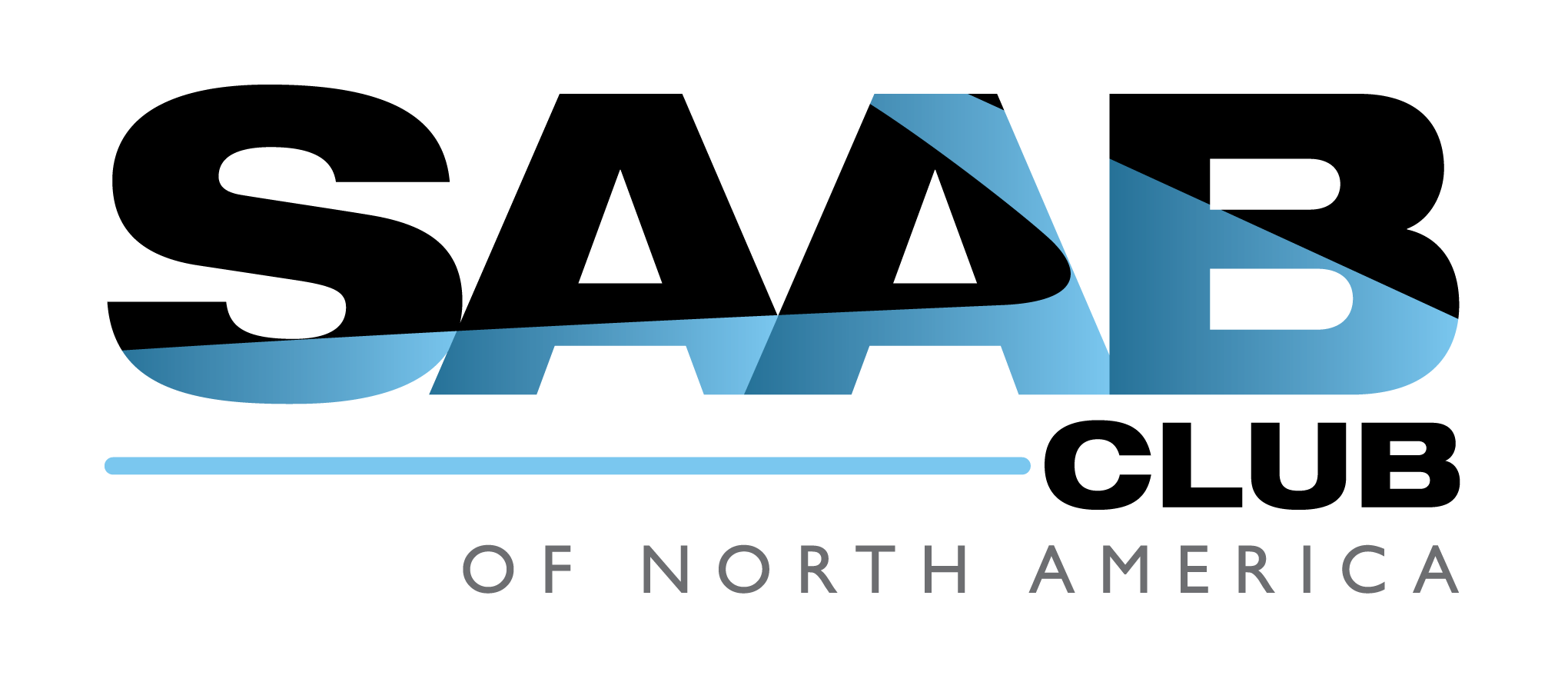INSPECTION
| INSPECTION |
|
|||||||
| Note | ||
|
When the fuel pressure is out of specification, check or replace the pressure regulator and pressure regulator vacuum hose. |
Release the fuel pressure.

Open the fuel filler flap lid, and remove the fuel filler cap.
Disconnect the fuel delivery hose from fuel damper, and connect a fuel pressure gauge.


Start the engine.
Measure the fuel pressure while disconnecting pressure regulator vacuum hose from intake manifold.
Fuel pressure:
Standard: 284 — 314 kPa (2.9 — 3.2 kg/cm 2 , 41 — 46 psi)
After connecting the pressure regulator vacuum hose, measure the fuel pressure.
Fuel pressure:
Standard: 206 — 235 kPa (2.1 — 2.4 kg/cm 2 , 30 — 34 psi)
| Note | ||
|
The fuel pressure gauge registers 10 to 20 kPa (0.1 to 0.2 kg/cm 2 , 1 to 3 psi) higher than standard values during high-altitude operations. |

 Warning
Warning

